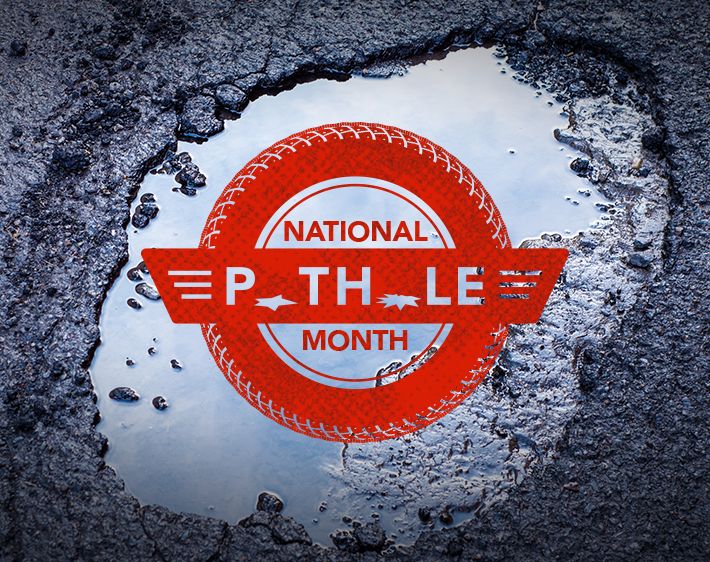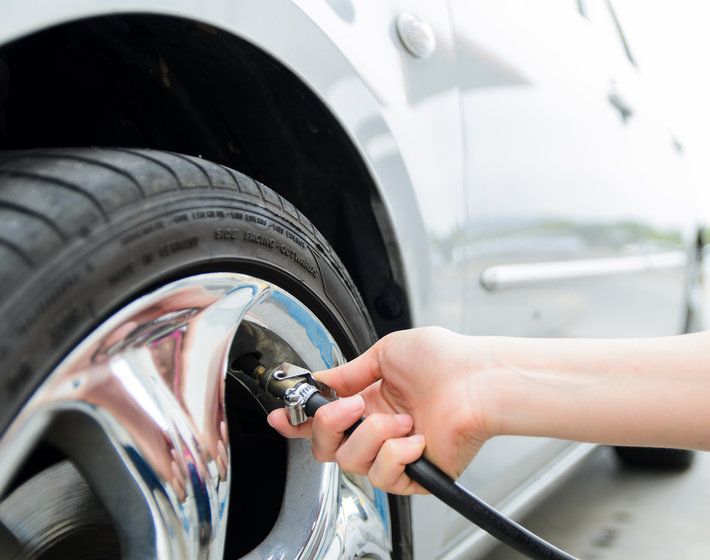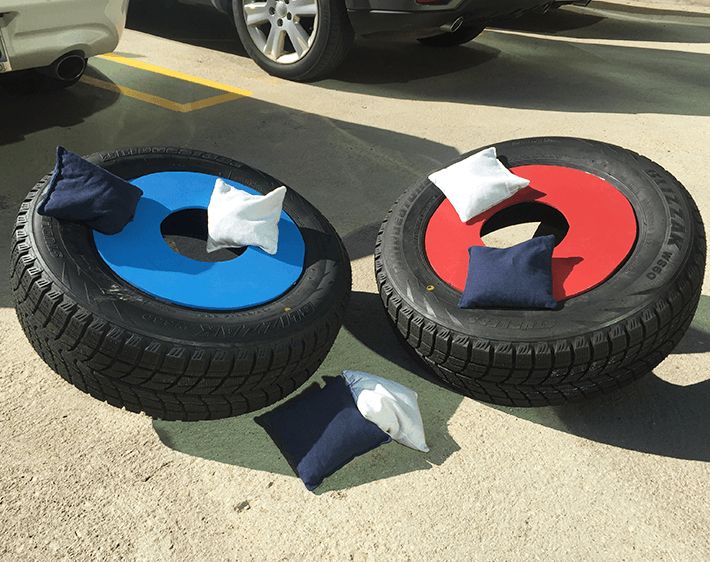As winter thaw begins to melt away, springtime brings something else into existence. And no, we’re not talking about fresh flowers, but rather something more daunting: potholes.
Potholes are often at their worst in spring, caused by the expansion and contraction of water in the ground. In winter, this water expands, and then contracts as the weather warms up, leaving a cracked, bent pavement in its wake.
There are 4.12 million miles of road in the United States that give way to the 3.1 trillion miles driven annually in America, according to TRIP (a national transportation research group). That’s a lot of driving. With so much pavement and so many drivers, you’d think that a healthy and safe road system would be the norm. Yet as of November 2016, about 32% of the nation’s major urban roads, were in “poor” condition. That’s a mild way of saying they were so cracked, pocked and damaged that a simple resurfacing wouldn’t suffice—they’d need to be rebuilt. An additional 39% of the nation’s major urban roads were listed in mediocre and fair condition, with only a measly 28% coming out in good condition.
That amount of road damage is not good for your wallet—potholes cost U.S. drivers about $3 billion annually in vehicle repairs—or your tires. And at Firestone Complete Auto Care, we care about tires. So we decided to take a stand against bad roads by creating an unofficial National Pothole Month in March.
The purpose of this month is to bring awareness nationally to a big problem we have with our road infrastructure. And we want you to help us spread awareness. Share your pothole stories and images this March with the hashtag #NationalPotholeMonth and let’s see if we can garner enough attention to get our roads fixed.
If you do have the misfortune of stumbling across a pothole while driving in your car this spring, swing by your nearest Firestone Complete Auto Care. Pothole damage can happen, but our technicians can help get your vehicle back on the road!



